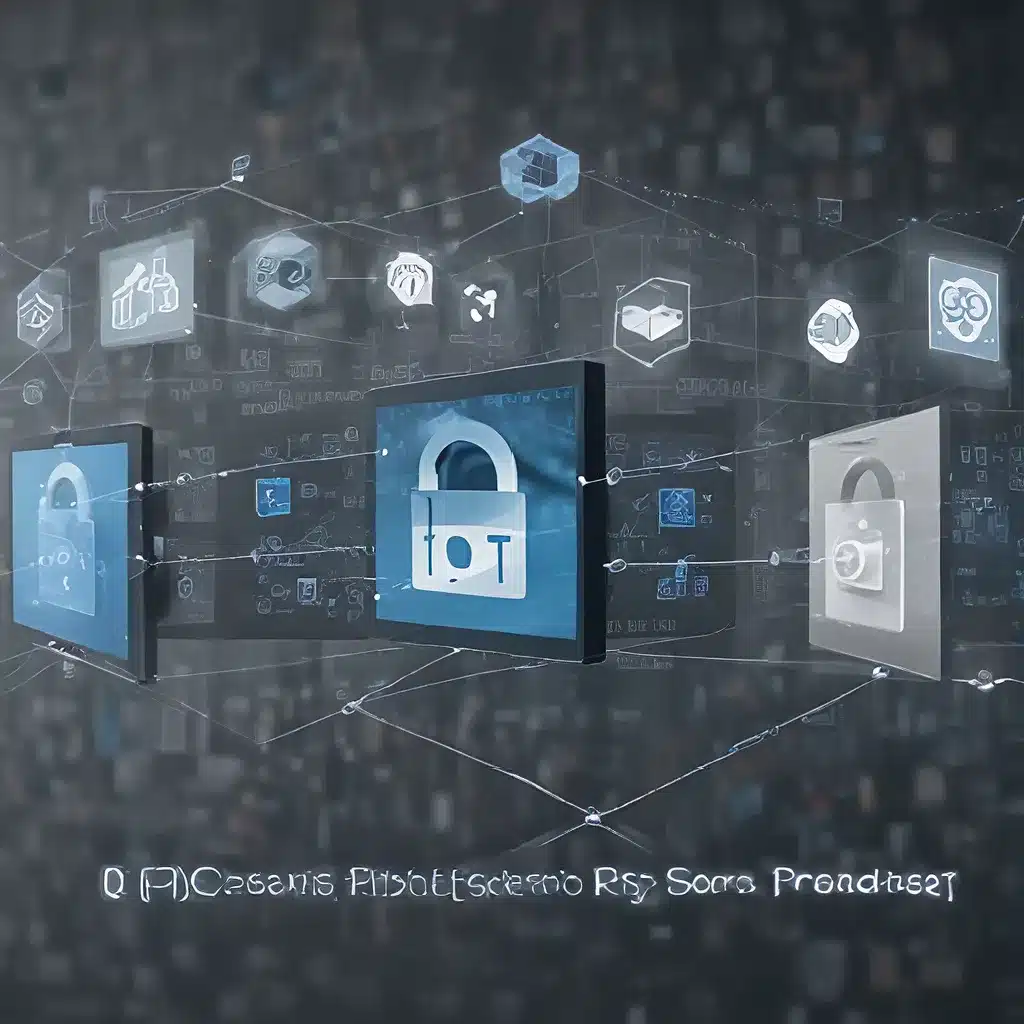
In the era of ubiquitous connectivity and the Internet of Things (IoT), sensor networks have become a cornerstone of modern technology, enabling a wide range of applications across various industries. As sensor-based systems continue to proliferate, the need for secure and privacy-preserving data sharing protocols has become increasingly critical. This article delves into the challenges and best practices in designing sensor network architectures that prioritize security and data privacy while fostering collaborative IoT ecosystems.
Securing Sensor Data Transmission and Storage
The confidentiality, integrity, and availability of sensor data are paramount concerns in IoT systems. Sensor networks often collect and transmit sensitive information, such as personal health data, environmental monitoring, or industrial process control. Ensuring the secure transmission and storage of this data is a primary objective in sensor network design.
One of the key security mechanisms employed in sensor networks is end-to-end encryption. By leveraging cryptographic algorithms and secure key management, sensor nodes can encrypt data before transmission, ensuring that even if the data is intercepted, it remains unreadable to unauthorized parties. Additionally, the use of secure communication protocols, such as HTTPS and TLS, can help safeguard the integrity of sensor data during transit.
Secure data storage is another critical aspect of sensor network security. Sensor nodes may lack the computational resources and storage capacity to implement robust access control and data encryption mechanisms. In such cases, cloud-based or edge computing solutions can play a crucial role in providing secure data storage and processing capabilities, ensuring the long-term availability and protection of sensor data.
Preserving Privacy in Collaborative IoT Ecosystems
As sensor networks become increasingly interconnected, the need for privacy-preserving data sharing protocols has emerged. In collaborative IoT systems, sensor data may need to be shared across multiple stakeholders, such as service providers, application developers, and end-users. Ensuring that this data exchange respects individual privacy and adheres to data protection regulations is essential.
One approach to address this challenge is the implementation of differential privacy techniques. These methods allow for the aggregation and anonymization of sensor data, preserving the statistical properties of the data while obscuring the individual identities of the data subjects. By employing differential privacy, sensor network architectures can enable collaborative data sharing without compromising the privacy of the data owners.
Another strategy is the use of decentralized data management approaches, such as blockchain or distributed ledger technologies. These solutions can facilitate peer-to-peer data sharing, where sensor nodes or edge devices can control the access and usage of their own data, reducing the reliance on centralized data repositories and intermediaries.
Energy-Efficient Sensor Network Design
Sensor networks often operate in resource-constrained environments, where energy consumption is a critical factor. Designing energy-efficient sensor network architectures is essential to ensure the long-term sustainability and reliability of these systems.
One key strategy is the optimization of sensor node hardware and communication protocols. By adopting low-power microcontrollers, energy-efficient radio transceivers, and duty-cycling techniques, sensor nodes can minimize their energy consumption while maintaining the required sensing and communication capabilities.
Additionally, the use of in-network processing and edge computing can significantly reduce the energy demands of sensor networks. By preprocessing and aggregating data at the sensor node level, the need for continuous data transmission to centralized cloud platforms can be minimized, leading to substantial energy savings.
Another approach is the integration of renewable energy sources, such as solar panels or wind turbines, to power sensor nodes in remote or off-grid locations. This energy harvesting technique can help extend the operational lifetime of sensor networks and reduce their carbon footprint.
Conclusion
As sensor networks and IoT systems continue to evolve, the importance of secure and privacy-preserving data sharing protocols cannot be overstated. By incorporating robust security measures, privacy-enhancing techniques, and energy-efficient designs, sensor network architectures can foster collaborative IoT ecosystems that deliver reliable, trustworthy, and sustainable services to a wide range of industries and applications.
To explore the latest advancements in sensor network technologies and their applications, we invite you to visit the Sensor Networks Organization website, a leading resource for professionals, researchers, and enthusiasts in the field.